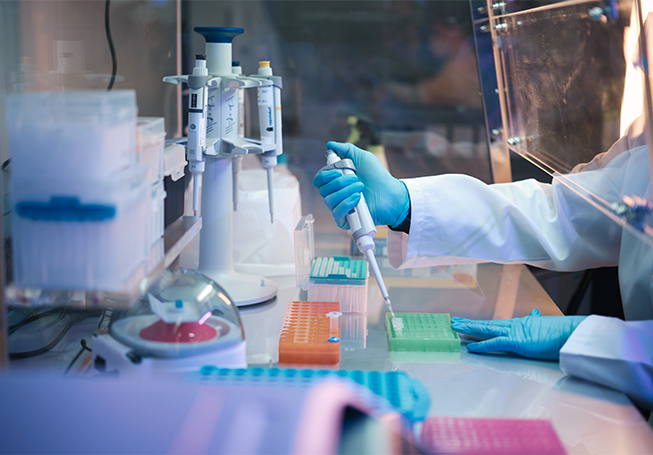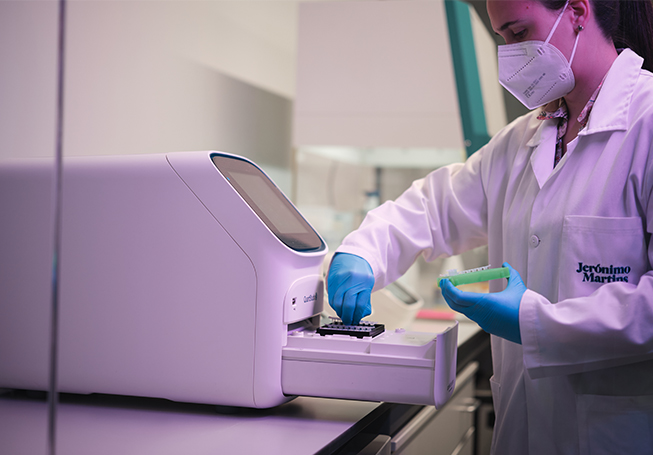Continued investment in the certification and monitoring of our processes, facilities and equipment is the foundation of our banners and business’s reputation capital. We rely on our food safety and quality technicians, work with external auditors and independent and accredited laboratories, and have our own molecular biology laboratory, which verifies the authenticity of ingredients present in the products to prevent food fraud.


In 2023, we carried out 16,869 internal audits of our infrastructures (7% more than in 2022), 259,361 analyses on work surfaces and, among others, product manipulators (15% more) and 75,125 analyses on food products (8% less).
Internal and follow-up audits1 and the analyses of marketed products take into account the level of risk associated with criteria such as hygiene, food safety, and other quality aspects2.
1 Conducted in accordance with the business unit and infrastructure to be assessed, internal audits take into account criteria arranged into dimensions, such as basic hygiene conditions, cleanliness and disinfection, facility and equipment maintenance, good production practices, product handling, water availability, metrology, pest control, waste management, records, traceability, and procedure review. These audits assign scores with specific levels according to the business units: ‘Inadequate’, ‘Basic’, ‘Satisfactory’, ‘Good’, ‘Very Good’ and ‘Excellent’, and the potential corrective actions to be taken are defined based on the severity of any non-conformities identified. The time frame allowed to remedy the identified issues may also vary from immediately to by the subsequent audit.
2 These include, inter alia: laws in force and the technical specifications of the official authorities; the recommendations of the European Union and/or other official bodies; the Rapid Alert System for Food and Feed (RASFF) urgent notifications and known food fraud incidents; the physical characteristics of products (such as perishability) and organoleptic properties (such as colour, texture, taste or smell); the country of origin of production and/or supply of the products and the track record of trade partners; marketing expansion (stores and distribution centres); the surrounding conditions (sanitation or weather conditions related to humidity and average temperatures); opting for facility certification schemes; and the results of past assessments.
